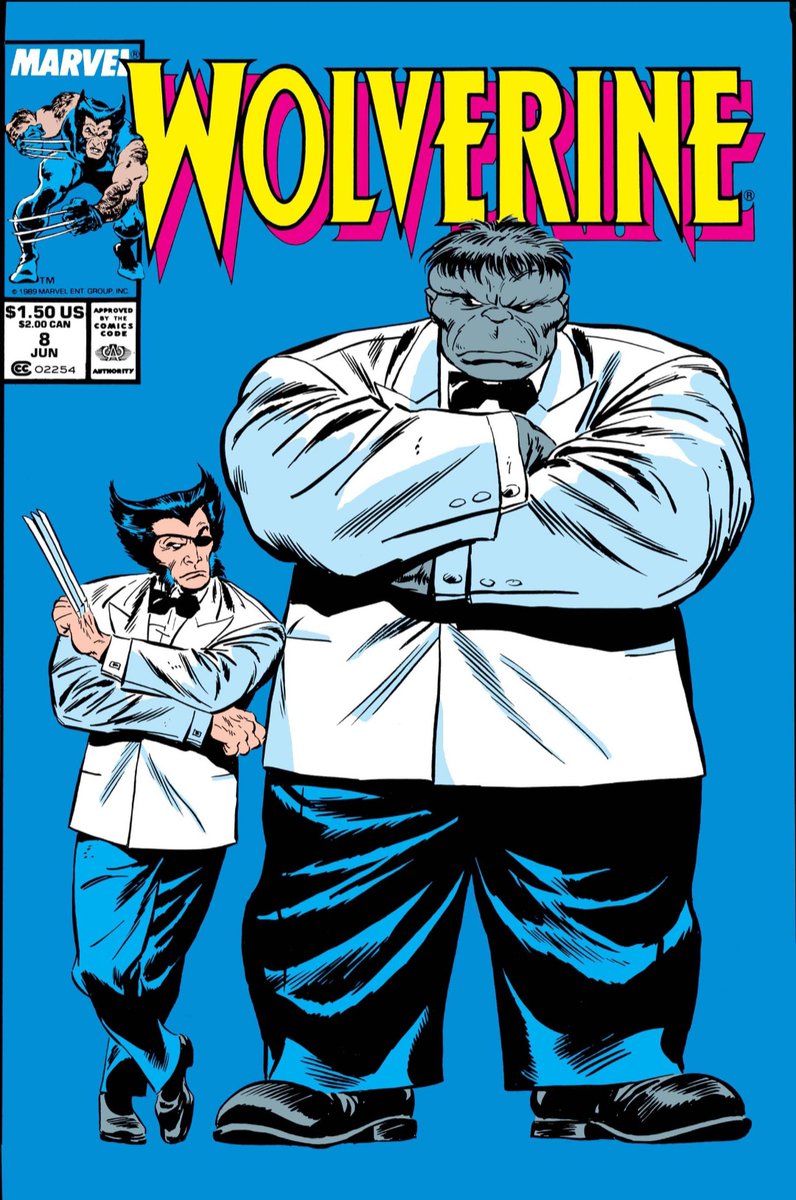
As noted by scholars such as Scott Bukatman and Carol Cooper, pre-Claremont Marvel heroines tended to have stand-and-pose powers such as telepathy, telekinesis, force fields, etc. Claremont pushed against this trend in UXM with heroines who got their hands dirty. #xmen 1/6 

The first to make this transition was Jean, who Claremont dis-infantalized by renaming her Phoenix instead of Marvel Girl, then by advancing her mental powers to new heights with a fiery and visceral form that was dynamic and kinetic rather than prim and pretty. 2/6 

Storm developed at the same time, first as a powerhouse, then as a skilled hand to hand (or knife to knife) combatant, highlighted by her defeats of Callisto and Cyclops. 3/6 

Rogue took the approach a step further by becoming the team’s first tank character who also happened to be female. She-Hulk pre-dates Rogue in this role at Marvel, but Rogue’s strength was portrayed sincerely, where She-Hulk’s was often presented ironically. 4/6 

Psylocke and Kitty both transitioned from somewhat fragile team members into capable offensive warriors, leaving very few women in the X-books with truly passive power-sets. 5/6 

In later years, the X-Men franchise would give us Laura Kinney, Monet, Marrow and Husk, all badass heroines moving against a long-established grain, but all a part of a broader tradition initiated in the Claremont run. 6/6 

We also did a video essay on this subject a few years back.
• • •
Missing some Tweet in this thread? You can try to
force a refresh


















